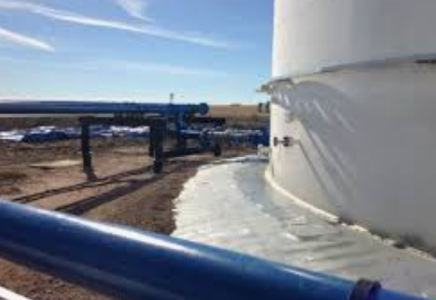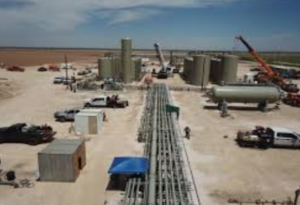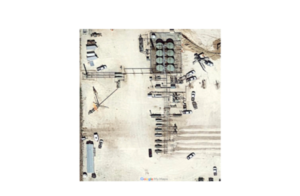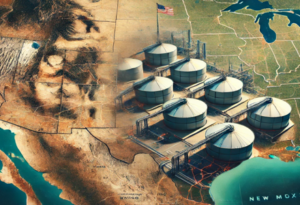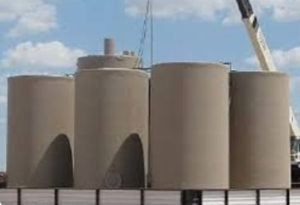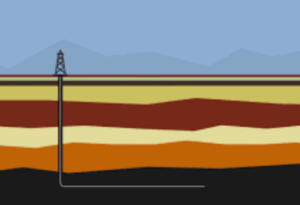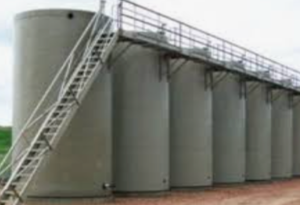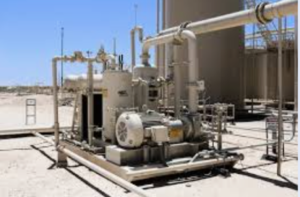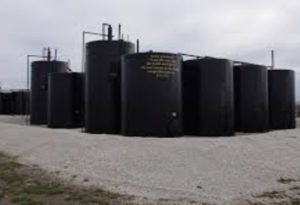Corrosion of an oil tank base can be caused by various factors, and it is a significant concern in the oil and gas industry due to the potential for environmental contamination and structural integrity issues. Here are some common causes of oil tank base corrosion:
- Soil Conditions:
- Issue: Certain soil conditions, especially those containing corrosive substances, can contribute to the corrosion of the tank base.
- Consequence: Corrosive soils can lead to the deterioration of the tank base material over time, compromising its structural integrity.
- Moisture and Water Exposure:
- Issue: The presence of moisture or water around the tank base, either due to weather conditions, poor drainage, or leaks, can accelerate corrosion.
- Consequence: Water promotes the electrochemical reactions that lead to corrosion, and continuous exposure can lead to the degradation of the tank base material.
- Chemical Contaminants in Soil:
- Issue: Soil may contain chemical contaminants, such as salts or acids, that accelerate the corrosion of metal tank bases.
- Consequence: The presence of these contaminants can initiate and enhance corrosive processes, leading to structural damage.
- Lack of Protective Coatings:
- Issue: Inadequate or deteriorating protective coatings on the tank base can expose the underlying metal to corrosive elements.
- Consequence: Without proper protection, the metal surface becomes vulnerable to corrosion, reducing the overall lifespan of the tank base.
- Poor Quality of Construction Materials:
- Issue: The use of low-quality or inadequately corrosion-resistant materials in the construction of the tank base can contribute to corrosion.
- Consequence: Corrosion-prone materials may degrade more rapidly, leading to structural weaknesses and potential failures.
- Insufficient Cathodic Protection:
- Issue: Inadequate cathodic protection measures, such as sacrificial anodes or impressed current systems, can result in accelerated corrosion.
- Consequence: Cathodic protection is designed to counteract the corrosive effects, and a lack thereof can lead to more rapid corrosion and degradation.
- Temperature Fluctuations:
- Issue: Rapid and frequent temperature fluctuations can create thermal stresses that contribute to the initiation of corrosion.
- Consequence: Thermal cycling can accelerate the corrosive processes, particularly in areas where the tank base is subjected to temperature variations.
- Microbial Activity:
- Issue: Microbial activity in the soil, such as the growth of bacteria or fungi, can produce corrosive byproducts.
- Consequence: Microbial-induced corrosion can contribute to the degradation of the tank base material, especially in environments with high microbial activity.
- Electrolysis:
- Issue: Electrolytic conditions, where the tank base is in contact with dissimilar metals or alloys, can lead to galvanic corrosion.
- Consequence: Galvanic corrosion occurs when two different metals are in electrical contact, causing the more reactive metal to corrode more quickly.
Preventive measures to address tank base corrosion include using corrosion-resistant materials, applying protective coatings, implementing proper drainage systems, monitoring soil conditions, and maintaining cathodic protection systems. Regular inspections and maintenance are also crucial to identify and address corrosion issues before they escalate.
Additional Information

